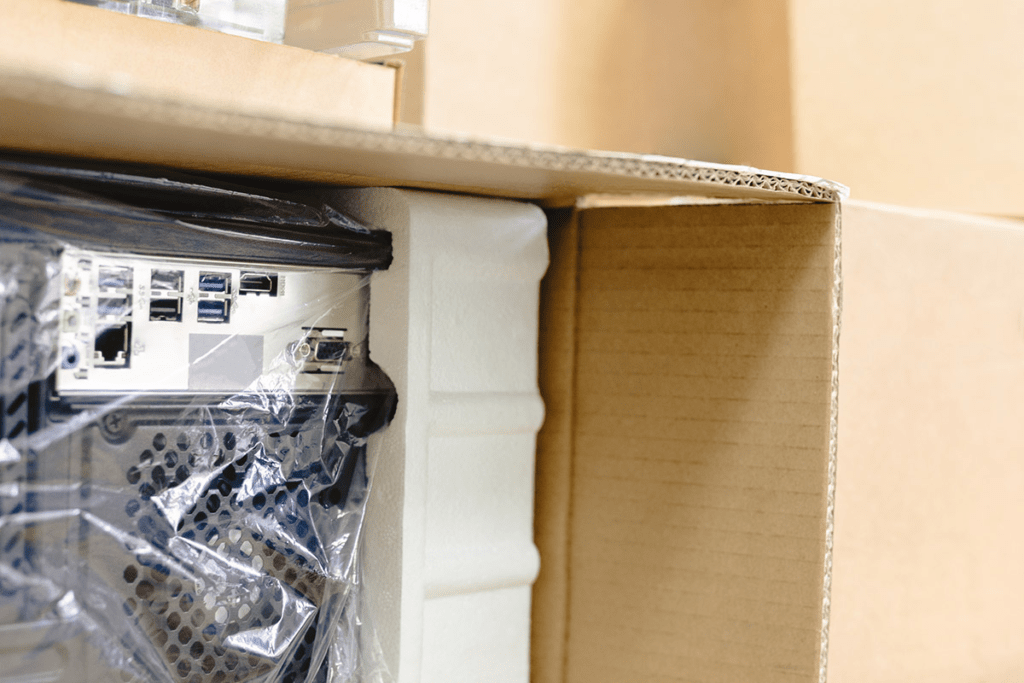Advances in Sustainable Packaging
Packaging is everywhere, from giant appliance boxes to tiny plastic toothpick wrappers. It keeps our food clean and safe to eat and protects fragile electronic gadgets on their way to your door. However, it’s not always the best thing for the environment. That’s why many companies have started using sustainable packaging instead.
What is Sustainable Packaging?
Sustainable packaging has a lower environmental impact than traditional packaging. It creates less waste and conserves natural resources, and is often recyclable or made from recycled materials. The most sustainable packaging brands consider the planet at every stage of their product’s life cycle. For example, choosing manufacturing methods that produce less pollution and finding fuel-efficient shipping options.
There are many ways to spot sustainable packaging, including:
- Minimal designs – using less packaging is the easiest way to reduce waste. Sustainable packaging design keeps fragile items secure without individually wrapping everything. The best boxes are not elaborate – remember, fancy elements with no function don’t affect the product inside!
- Eco-friendly materials – understanding what packaging is made of is the first step to making more sustainable choices. The most eco-friendly materials are paper and cardboard from sustainably-managed plantations. Wood is a renewable resource that cleans the air as it grows, and paper is 100% recyclable.
Recycled plastic is another sustainable material – it turns waste into something valuable and reduces the need for natural resources. Glass is eco-friendly if it’s locally produced and reusable.
- Returnable or reusable containers – brands offering empty container take-backs are worth supporting. Returning packaging to the shop for recycling keeps it out of landfills and helps us make new products from recycled materials. Plain bottles and jars with a high-quality feel are perfect for repurposing around the house.
- Easy to recycle – the most sustainable packaging creates zero waste by being 100% recyclable. Containers made from many different materials that are difficult to separate are almost impossible to recycle without special processes. A more sustainable choice is packaging made from a few familiar materials that go in your recycling bin.
- Locally produced – packaging that has to travel great distances to get to your door is not eco-friendly, no matter what it’s made from. Transporting it uses fuel, which comes from non-renewable resources and adds pollution to the air. Packaging that’s made close to home has a smaller carbon footprint and helps support the local economy.
Are Bioplastics Sustainable?
Some businesses use packaging made from bioplastics – plastic made from corn starch, sugar cane, or other plants. While these materials do not contain crude oil, which is non-renewable, they are not always more sustainable than normal plastic.
When bioplastics are “compostable”, it usually means they will break down in an industrial composting facility with carefully controlled temperatures and humidity levels. Trying to compost them at home might leave microplastics in the soil. So, when given the choice between compostable plastic straws and cardboard ones, always choose the latter to be on the safe side!
Six South African Businesses That Use Sustainable Packaging
Sustainability starts at home – here are five local success stories that show how South Africans are committed to preserving the planet:
- PnP – The retailer offers recycled and cotton bags (green bottle to green bag) at its tills as an alternative to plastic, and you can opt out of plastic bags when ordering for home delivery. Similarly, Woolworths and Checkers have cloth and paper bags as an alternative to plastic.
- Takealot.com – the popular online shopping platform recently joined the South African Plastics Pact to reduce plastic packaging in its shipments. The company uses recycled paper and cardboard wherever possible, all of which are FSC-certified and 100% recyclable. Takealot also ships appliances in their original branded boxes to reduce packaging waste.
- Oh Oat – Cape Town’s locally-produced oat milk brand repurposes glass wine bottles as sustainable packaging for its dairy alternative. The company collects empty bottles from nearby restaurants and cellars, sanitises them, and covers them with a recyclable paper label.
- Kindred Kitchen – this Gqeberha-based restaurant won Faithful to Nature’s Eco-Conscious Hospitality Award in 2018 and has been making sustainable waves ever since. It uses recyclable cardboard and glass packaging for its plant-based grocery range, which is only available in nearby Spars.
- Plaiin – this South African zero-waste cosmetics brand uses 100% plastic-free packaging for all its products. Its body scrubs come in recyclable cardboard boxes, and the liquid products arrive in reusable, unlabelled glass jars.
- The Refillery SA – this zero waste grocery store gives people the opportunity to stock their kitchen cupboards without any packaging waste. Shoppers can bring their own containers to the store and fill them up with flour, spices, pasta, cereal, sauces, and more. At the Refillery, you pay for each product by weight.
Once you know what to look for, it’s easy to spot sustainable packaging. Supporting brands that use it puts pressure on other companies to rethink their packaging designs – driving positive change in the packaging industry.
Do you need sustainable packaging for your products? eWASA helps leading South African businesses reduce waste and meet their EPR targets – get in touch with us to find out how we can help you.
SOURCES
- https://www.mckinsey.com/industries/industrials-and-electronics/our-insights/sustainability-in-packaging-five-key-levers-for-significant-impact
- https://greenly.earth/en-us/blog/ecology-news/our-2022-guide-to-sustainable-packaging
- https://ewn.co.za/2022/06/05/how-harmful-could-compostable-packaging-be-to-the-environment
- https://ecobiz.co.za/guide-to-sustainable-packaging-south-africa/
- https://mg.co.za/article/2021-06-18-sustainable-food-packaging/
- https://businesstech.co.za/news/business/678303/expect-less-plastic-from-takealot/
- https://www.ecommerce.co.za/article.aspx?s=163&a=8579&title=Fulfilment
- https://goodfoodnetwork.co.za/store/oh-oat/
- https://www.bizcommunity.com/Article/196/162/212895.html
- https://www.thekindredkitchen.co.za/
- https://www.averda.com/rsa/news/south-africas-top-eco-conscious-brands-awarded
- https://www.sowetanlive.co.za/sebenza-live/2019-12-05-six-eco-friendly-businesses-that-prove-local-is-lekker/
- https://creativepool.com/goodbye-boring/projects/the-veganimals-kindred-kitchen-packaging-for-kindred-kitchen
- https://plaiincosmetics.com/pages/about
- https://therefillery.co.za/about/


